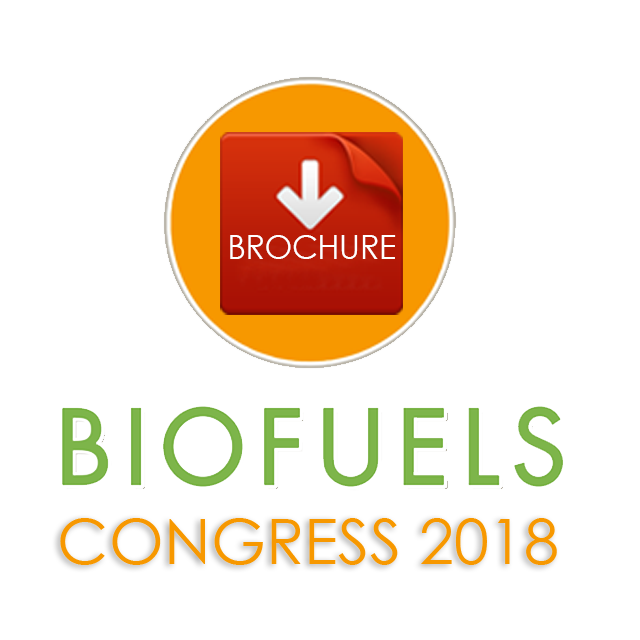Infantes-Molina
Universidad de Málaga, Spain
Title: Nanocatalysts for oxygen removal from biomass derived biofuel Antonia
Biography
Biography: Infantes-Molina
Abstract
The use of bio-energy as a renewable alternative to fossil fuels is nowadays attracting more and more attention. The biofuel from biomass seems to be a potential energy substitute for fossil fuels since it is a renewable resource that could contribute to sustainable development and global environmental preservation and it appears to have significant economic potential. Liquid fuels can be obtained from fast pyrolysis of lignocellulosic biomass, where fast pyrolysis is a promising route because the process takes place at moderate temperatures, in absence of air and with a short hot vapor residence time. However, these liquid fuels have poor quality due to their low volatility, high viscosity, low heating value, a high oxygen content and poor chemical stability. This high oxygen content is due to the presence of oxygen-containing compounds such as alcohols, aldehydes, ketones, furans and phenols. In this sense, catalytic hydrodeoxygenation (HDO) is one the most efficient process to remove oxygen from these liquid fuels. In this context, the catalyst design is of upmost importance to achieve a high degree of deoxygenation, and bifunctional catalysts are required to achieve high degrees of activity. Noble metal and non-noble metal based catalysts will be evaluated in HDO of model molecules in order to get further insight about the important role of the active phase. Transition metal phosphides have shown excellent catalytic performances due to their good hydrogen transfer properties that diminishes the amount of metal exposed, avoiding, as much as possible, the deactivation, and modifies the electronic density of the catalyst leading to solids that favors the HDO. In addition these phosphides show bifunctional catalytic properties (metallic sites for hydrogenation and acid sites for cracking, methyl transfer reaction, dehydration and isomerization). Recent Publications 1. Ballesteros-Plata D, Infantes-Molina A, Rodr??�guez-Cuadrado M, Rodr??�guez-Aguado E, Braos-Garc??�a P, Rodr??�guez-Castell??�n E (2017) Incorporation of molybdenum into Pd and Pt catalysts supported on commercial silica for hydrodeoxygenation reaction of dibenzofuran. Applied Catalysis A: General 547: 86-95. 2. Garc??�a-Sancho C, Cecilia JA, M??�rida-Robles, JM, Santamar??�a Gonz??�lez J, Moreno-Tost R, Infantes-Molina A, Maireles-Torres P (2017) Effect of the treatment with H3PO4 on the catalytic activity of Nb2O5 supported on Zr-doped mesoporous silica catalyst. Case study: Glycerol dehydration. Applied Catalysis B: Environmental 221: 158-168. 3. Rodr??�guez-Aguado E, Infantes-Molina A, Ballesteros-Plata D, Cecilia JA, Barroso-Mart??�n I, Rodr??�guez-Castell??�n E (2017) Ni and Fe mixed phosphides catalysts for O-removal of a bio-oil model molecule from lignocellulosic biomass. Journal of Molecular Catalysis 437: 130-139. 4. Infantes-Molina A, Moretti E, Segovia E, Lenarda A, Rodr??�guez-Castell??�n, E (2016) Pd-Nb binfunctional catalysts supported on silica and zirconium phosphate heterostructures for O-removal of dibenzofurane. Catalysis Today 277: 143-151. 5. Cecilia JA, Infantes-Molina A, Sanmart??�n-Donoso J, Rodr??�guez-Aguado E, Ballesteros-Plata D, Rodr??�guez-Castell??�n E (2016) Enhanced HDO

